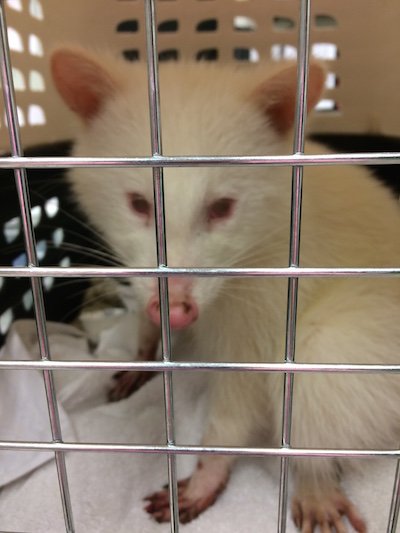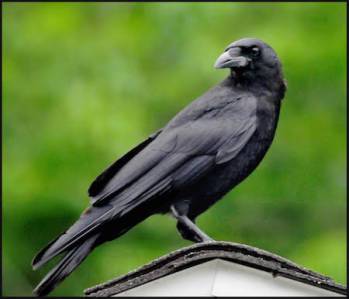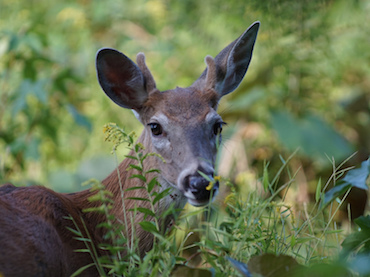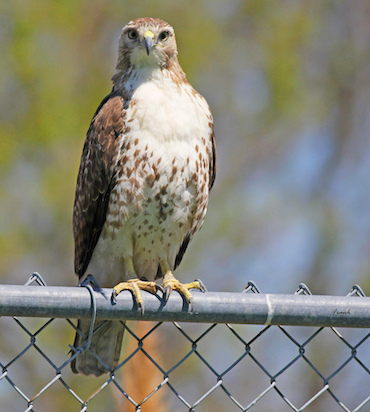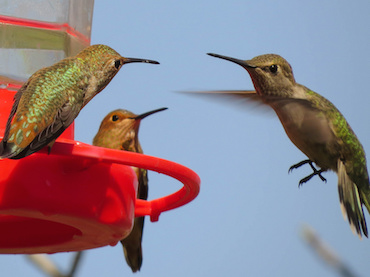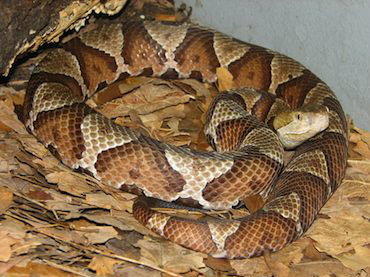- Sections :
- Crime & Public Safety
- Restaurants & Food
- Sports
- More
The greater roadrunner
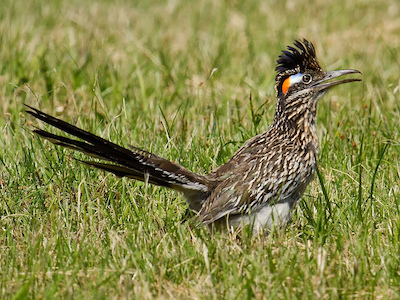
MONTGOMERY COUNTY, Texas - As a child, I grew up watching Warner Brothers cartoons showing Wile E. Coyote and his elaborate plans to catch the clever Roadrunner. It wasn’t until I grew up that I learned that there actually was a bird called a Roadrunner. It wasn’t until I moved to Texas that I got to see one.
The Greater Roadrunner spends most of its time on the ground. It can fly but prefers to walk or run. It can run up to 15 miles per hour. It will occasionally leap straight up in the air to catch a flying insect or an occasional hummingbird but its diet mostly consists of insects, reptiles, frogs, toads and rodents. They also dine on scorpions, tarantulas, and centipedes.
Roadrunners are large in size measuring up to two feet from head to tail. They have a distinctive x-shaped footprint with two toes pointing forward and two pointing backward. They are native to the Southwest and have adapted well to desert conditions. They secrete a highly concentrated salt solution through a gland that sits in front of each eye. By secreting it there, it uses less water than excreting through their kidneys and urinary tract thus conserving water. They prey on moisture-rich mammals and reptiles that supply water into their diet. They dissipate heat by fluttering the unfeathered area under the chin.
Roadrunners mate for life. During the courtship period, the male presents gifts, such as dead animals, to the female. They both participate in building the nest. Their lifespan is approximately 8 years.
Since 1979, TWRC Wildlife Center has been committed to providing quality emergency care and rehabilitation for injured, ill and orphaned wildlife. Through education and engaging the public in wildlife care programs, TWRC is making a difference for wildlife threatened by loss of habitat. For more information, go to www.twrcwildlifecenter.org or call 713-468-TWRC.


